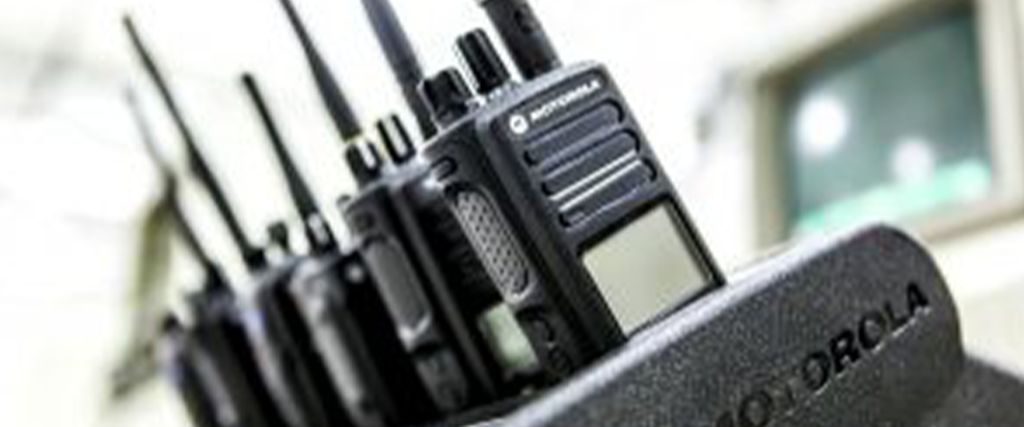In the world of radio communication, understanding the concept of two-way radio wattage is huge. Learning about radio wattage can better help you understand two-way radio communications. This applies to professionals, hobbyists, and those who are simply curious. If you have an interest in radios, this knowledge can be beneficial to you.
This article explains radio power, the factors that affect it, and tips for improving your range.
Radio Wattage Explained
Radio wattage refers to the amount of power a radio transmitter releases. This can tell you how far and how well radios can communicate. Higher wattage means a stronger signal, usually leading to better range and clarity.
So, why is this? Think of it like this; when water travels through a pipe, it loses pressure. When you roll a ball, it will eventually stop. Even as electricity moves through a wire, it loses current. This all happens because of friction. Radio waves follow the same rules of physics. As they travel out through the air, there’s always some loss along the way due to friction. As with the examples above, if you increase the water pressure, electric current, or speed of the rolling object, you’ll make it go farther. It’s the same with a two-way radio signal. Boosting the wattage power at the start helps push through any “resistance” along the way.
A good example of this is the power and range of portable vs. mobile two-way radios. Both types turn electrical power into radio frequency power, which comes out of the antenna. A radio’s range depends on the available power and the frequency it uses. Mobile radios, with 25 to 50 watts of output power, get their power from either the main electrical system or a car battery. These sources provide a lot of power, resulting in stronger transmissions and longer ranges.
On the other hand, portable radios usually have a maximum output of 5 watts or less. They run on smaller batteries, so they have less power and shorter ranges compared to mobile radios. When you shop for radios, you’ll often see specs showing the radio wattage output. You’ll see something like “5-watt output”. Remember, this number tells you the maximum power the radio can transmit under optimum conditions. Other factors can affect your radio wattage and, thereby, your radio wattage distances.
Factors Affecting Radio Wattage
Terrain: The lay of the land is a big deal for radio signals. Mountains, buildings, and other obstacles can block or bounce radio waves, changing how far they go and how strong they are.
Atmospheric Conditions: Weather, like rain or fog, and solar activity can affect how far your radio can reach. Atmospheric changes can make radio signals weaker or stronger.
Frequency Band: Different frequencies travel through the air differently. Lower ones (VHF) go farther but might have more trouble with interference or obstacles. Higher frequencies (UHF) cover more effectively and sound clearer, but they don’t reach as far.
Transmitter Quality: How good the transmitter parts are can affect how well the radio works. Better parts are built to more exacting standards and make for cleaner and stronger signals.
Before you get new radios, get help from a two-way radio expert like RCS Communications. They can check out your location and figure out what kind of radio you need for the area you want to cover. They can also help with antenna placement and other tricks to make your signal reach farther.
Tips to Extend Your Range
Listed above are factors that can limit your radio wattage distance. However, below are some tips on how you can extend your two-way radio’s coverage range.
Optimize Antenna Placement: Where you put your antenna matters a lot for sending and receiving signals. Make sure it’s installed correctly and in a spot where nothing blocks it. Putting it up high without obstacles in the way usually works best.
Choose High-Quality Equipment: As mentioned above, don’t go for the cheapest options. Invest in higher-quality radios and accessories. You’ll get reliability, longevity, and better performance from quality brands.
Use Repeaters: Repeaters capture radio signals. Then they send them out again at a higher power. This helps you cover more ground. Using repeaters correctly can really expand your coverage footprint.
Employ High-Gain Antennas: These antennas focus radio energy in one direction, making the signal go farther that way. If you need to talk over long distances, think about using high-gain antennas with your two-way radio system.
Reduce Interference: Interference can be caused by nearby electronics, obstacles, or weird weather. To avoid interference, choose FCC-licensed frequencies and increase your signal with more power. Understanding radio wattage and how it works helps you make the most of your communication system. By using the tips we talked about above, you can make your radio signal go farther and have better connections.
To help make sure you are making the most of your two-way radio communications, call RCS Communications. The experts at RCS are familiar with all of the tips above and more.
RCS Communications is Here To Help You!
As mentioned above, radio wattage is one of the fundamental aspects of two-way radio communication. Maximizing your two-way radio wattage output is the key to good radio communication. RCS Communications is here to help you.
RCS Communications is the premier Motorola two-way radio dealer for Kentucky and Indiana. As a Motorola Solutions Channel Partner, RCS Communications designs and delivers industry-leading voice and data communications solutions, including two-way radios, accessories, repeaters, radio systems, software applications, and more. Use our Two-Way Radio Selector app to find the right radio for your needs; then, call the friendly professionals at RCS Communications.

